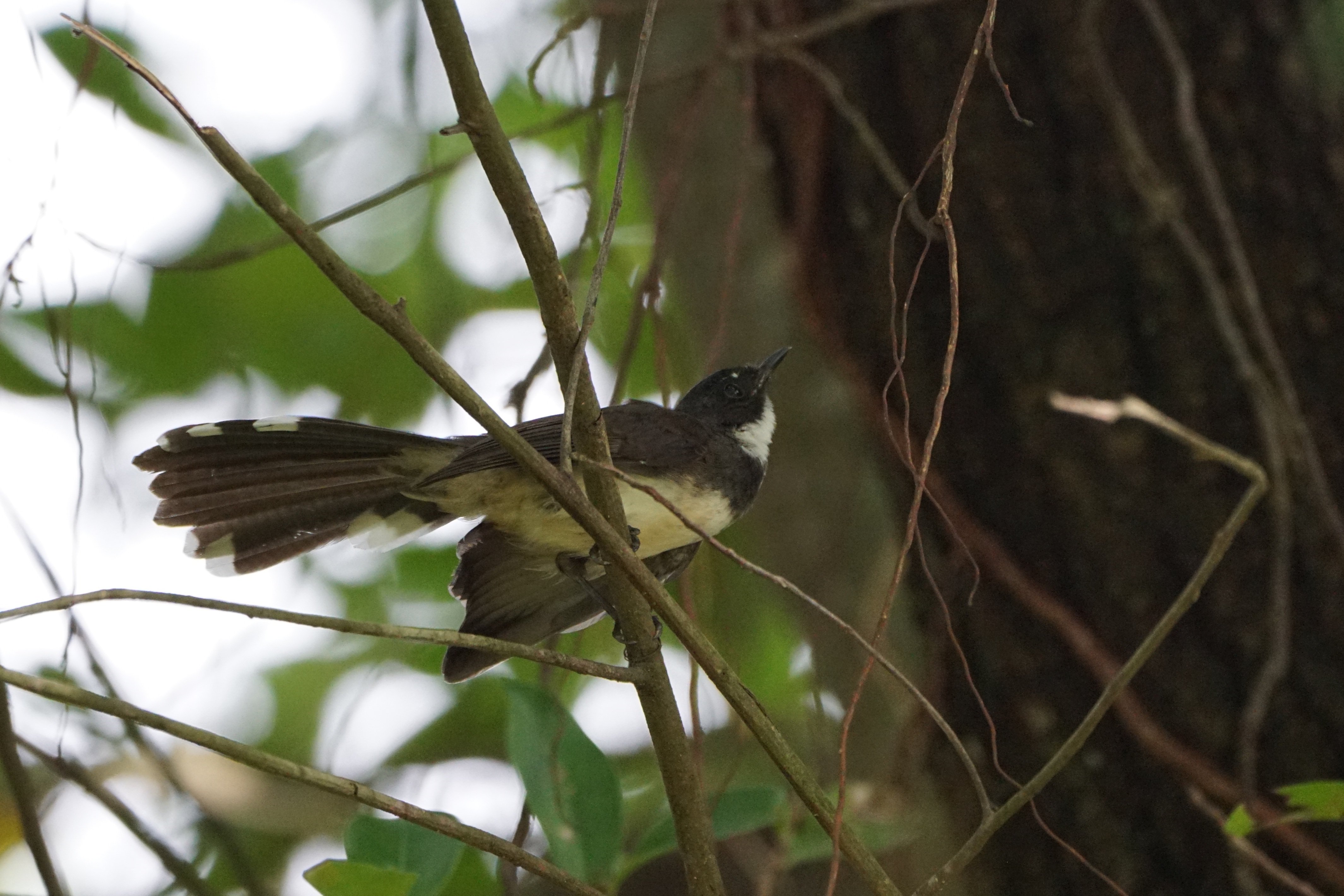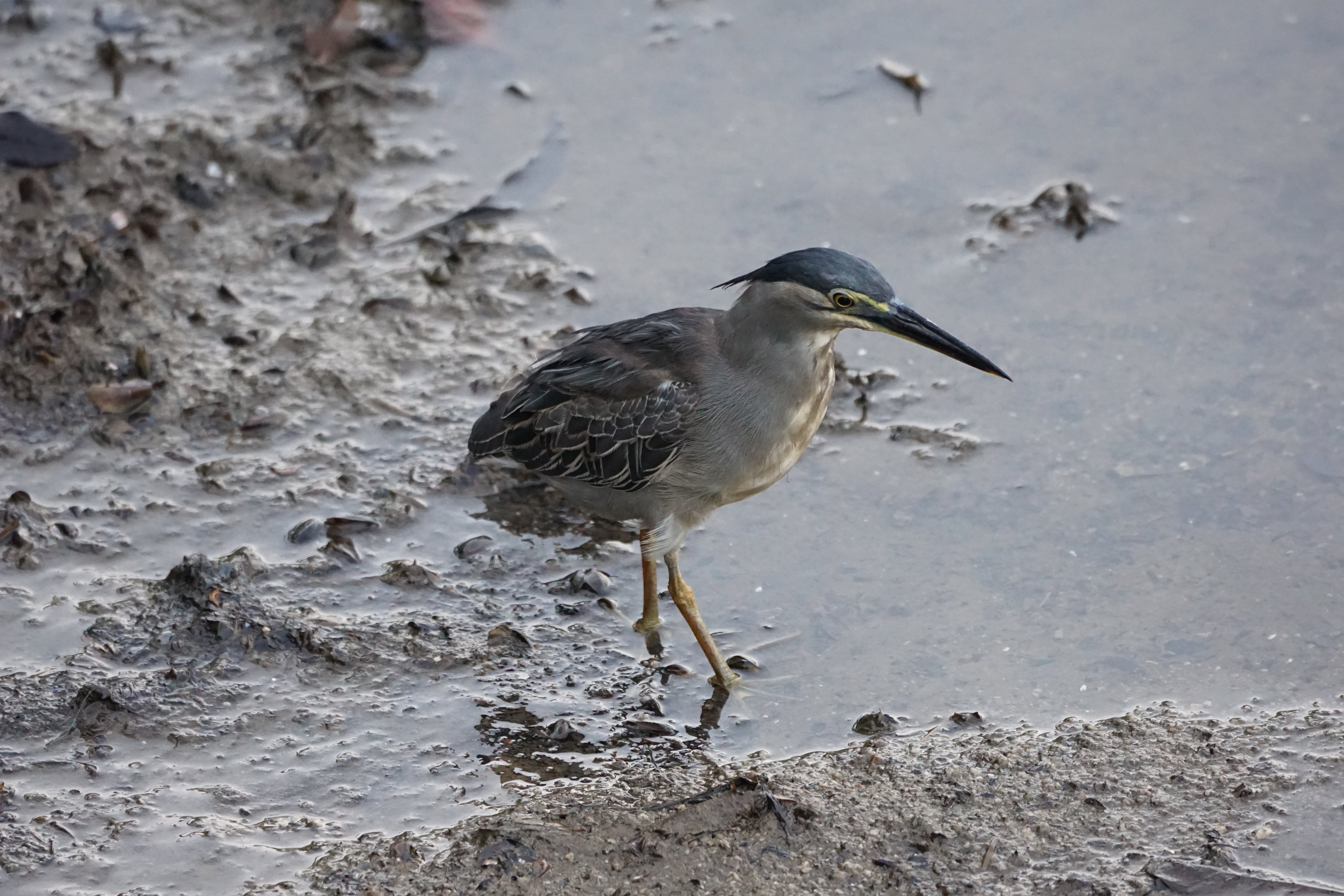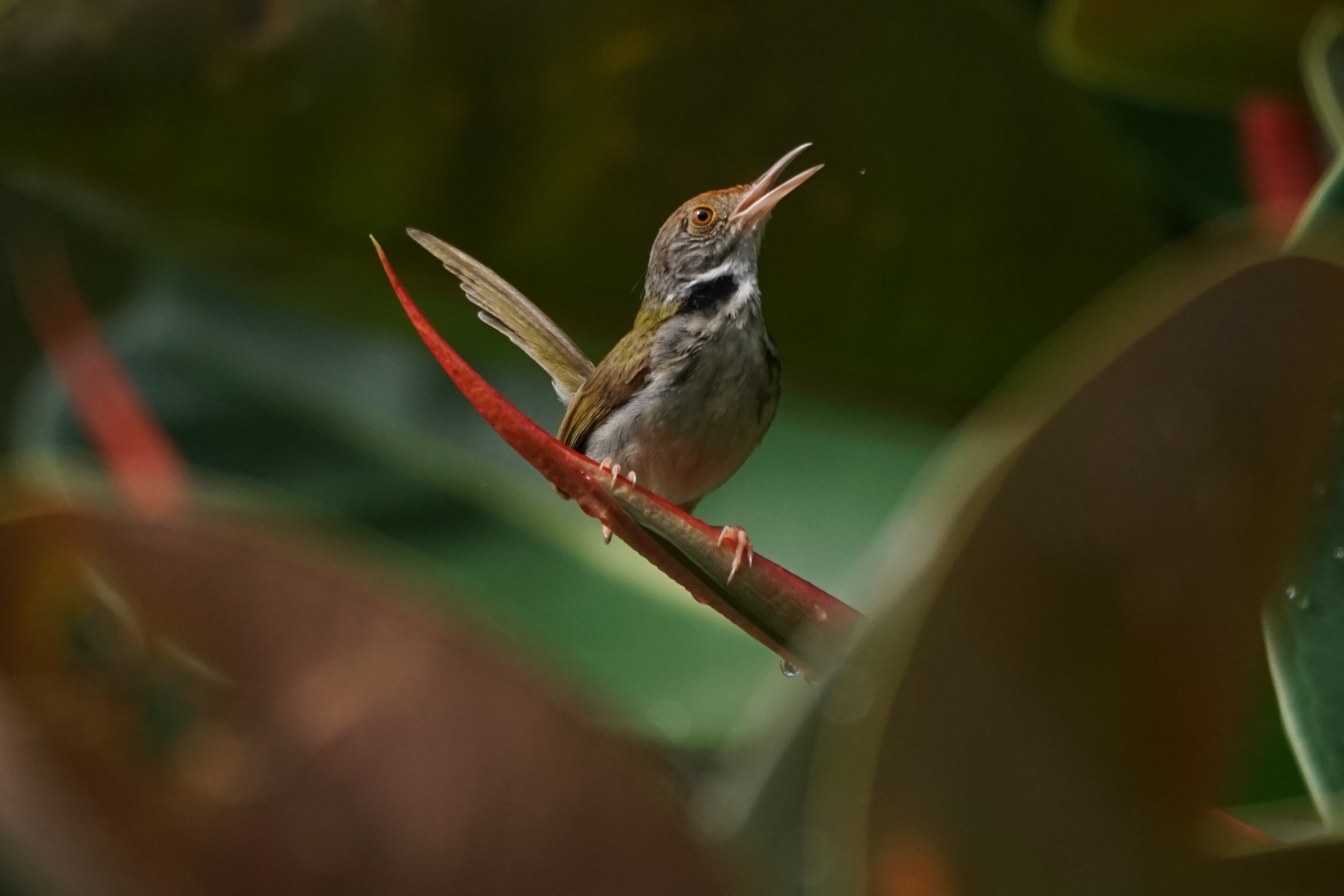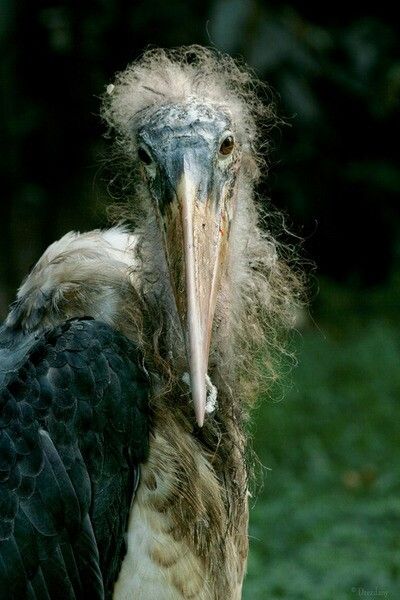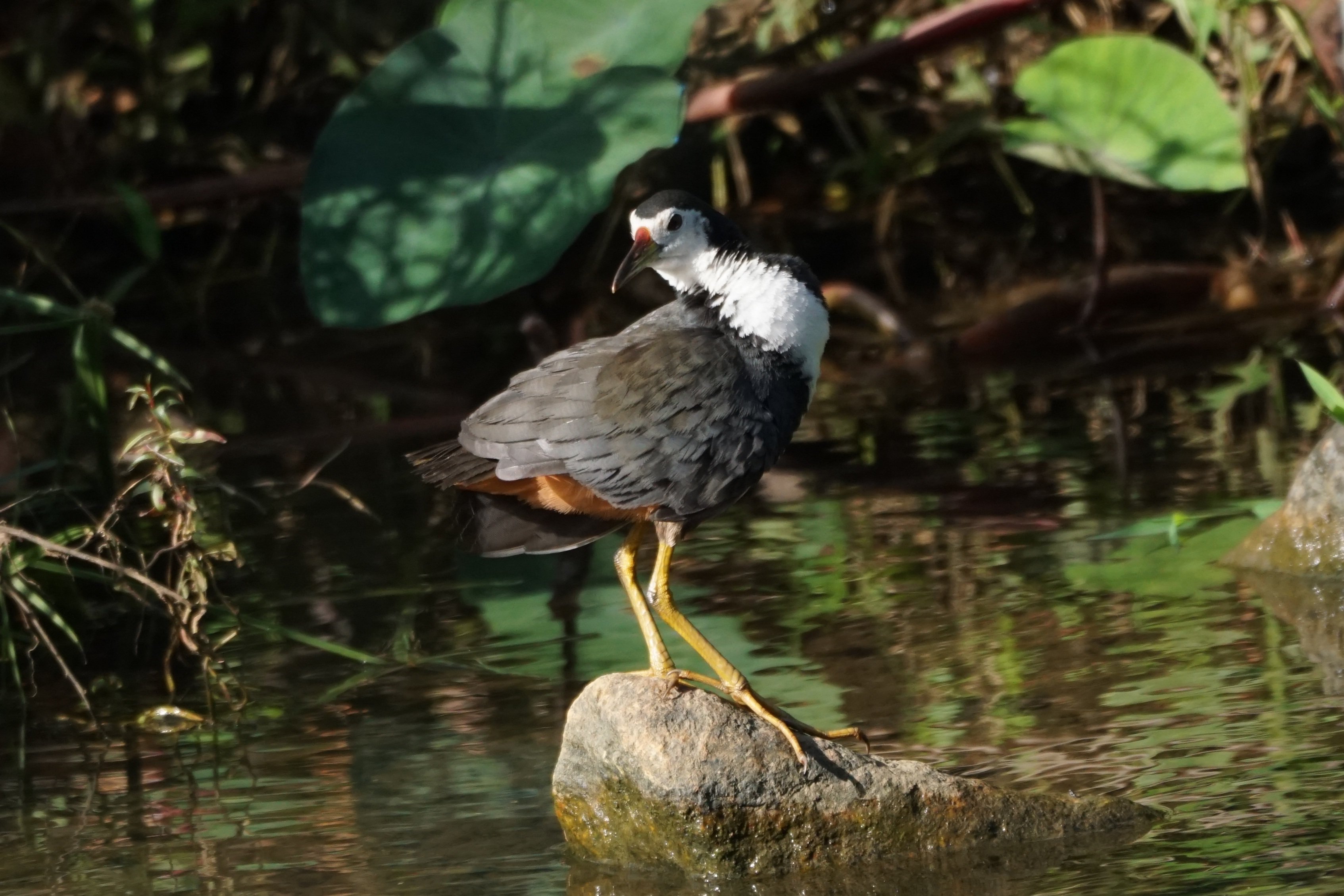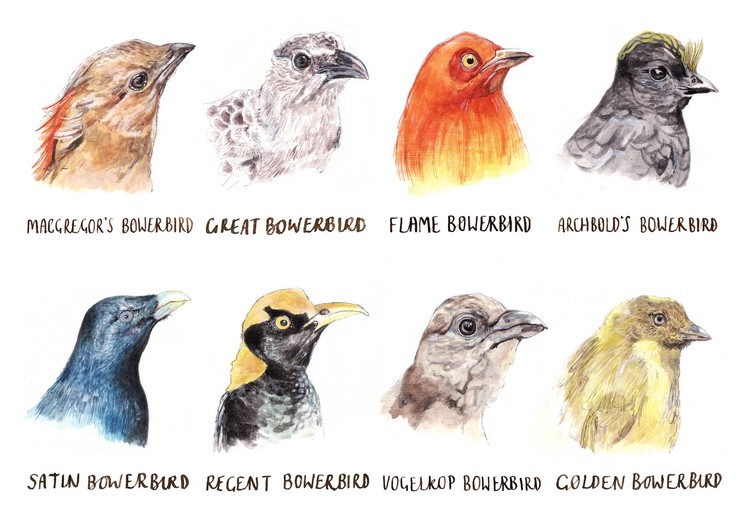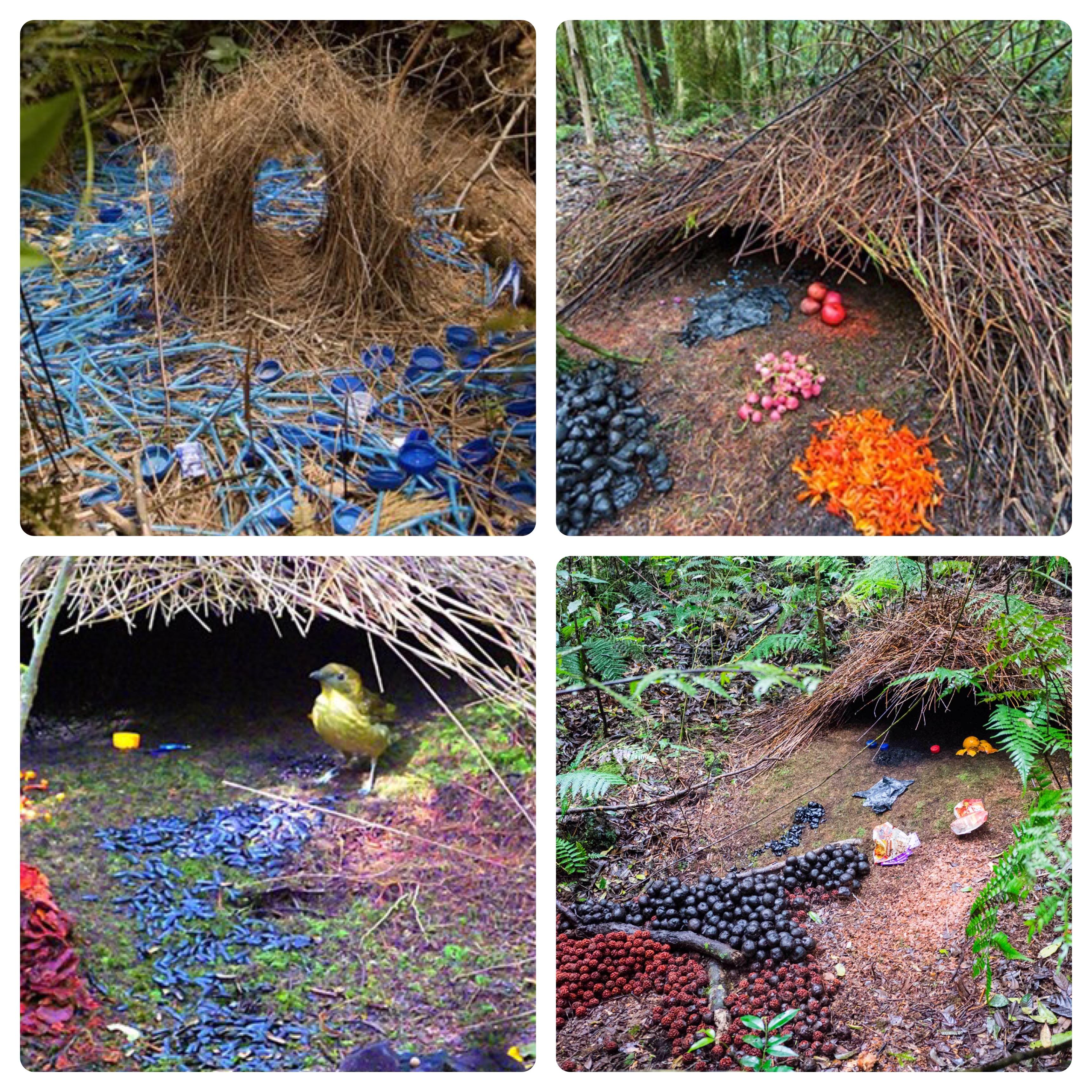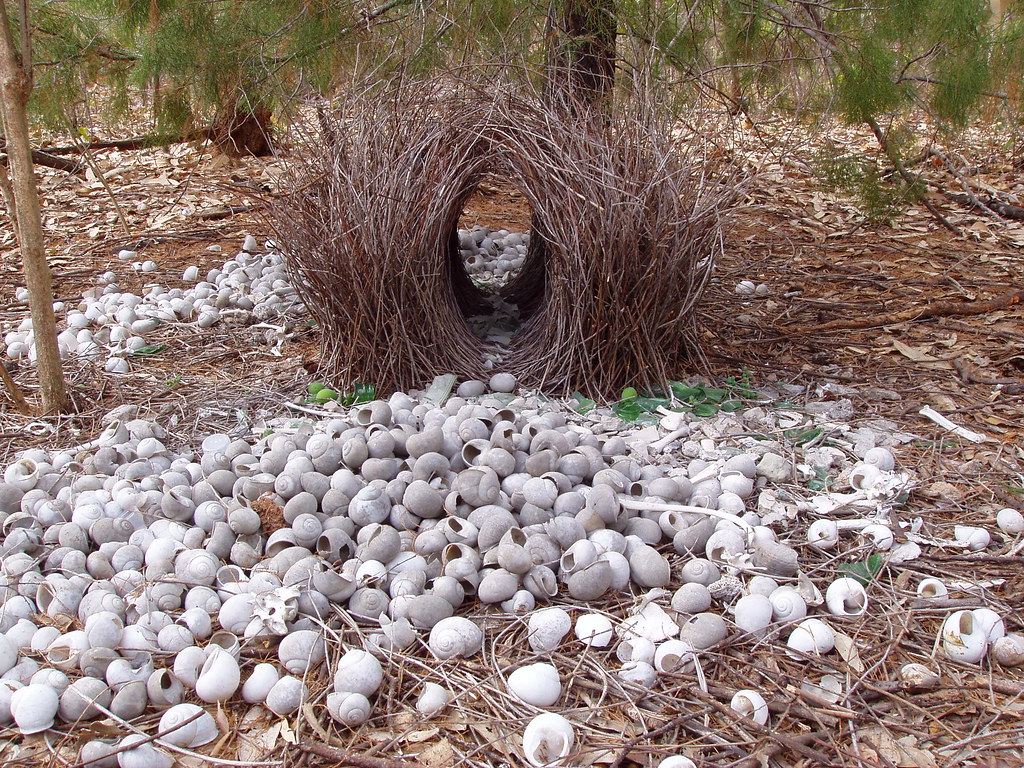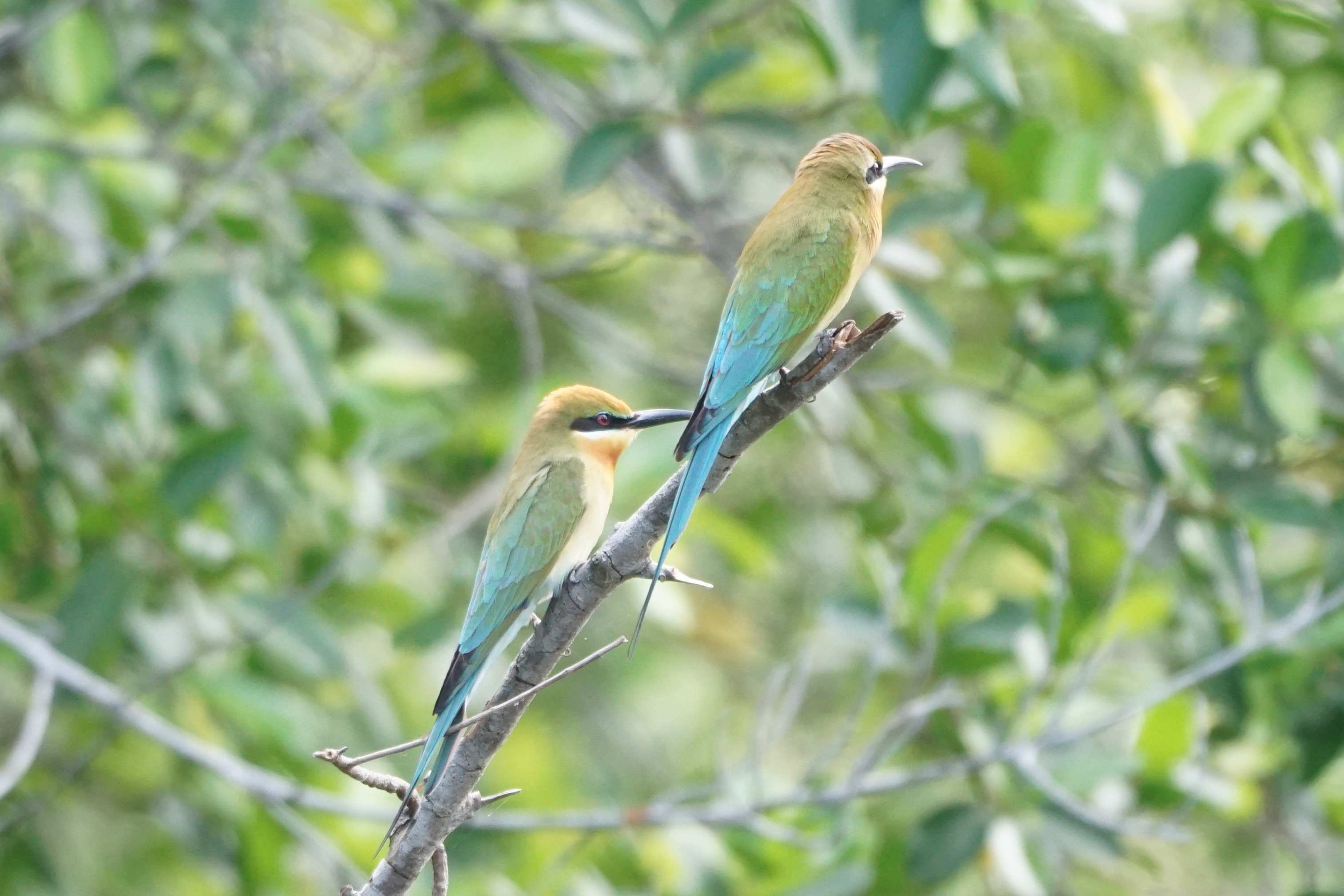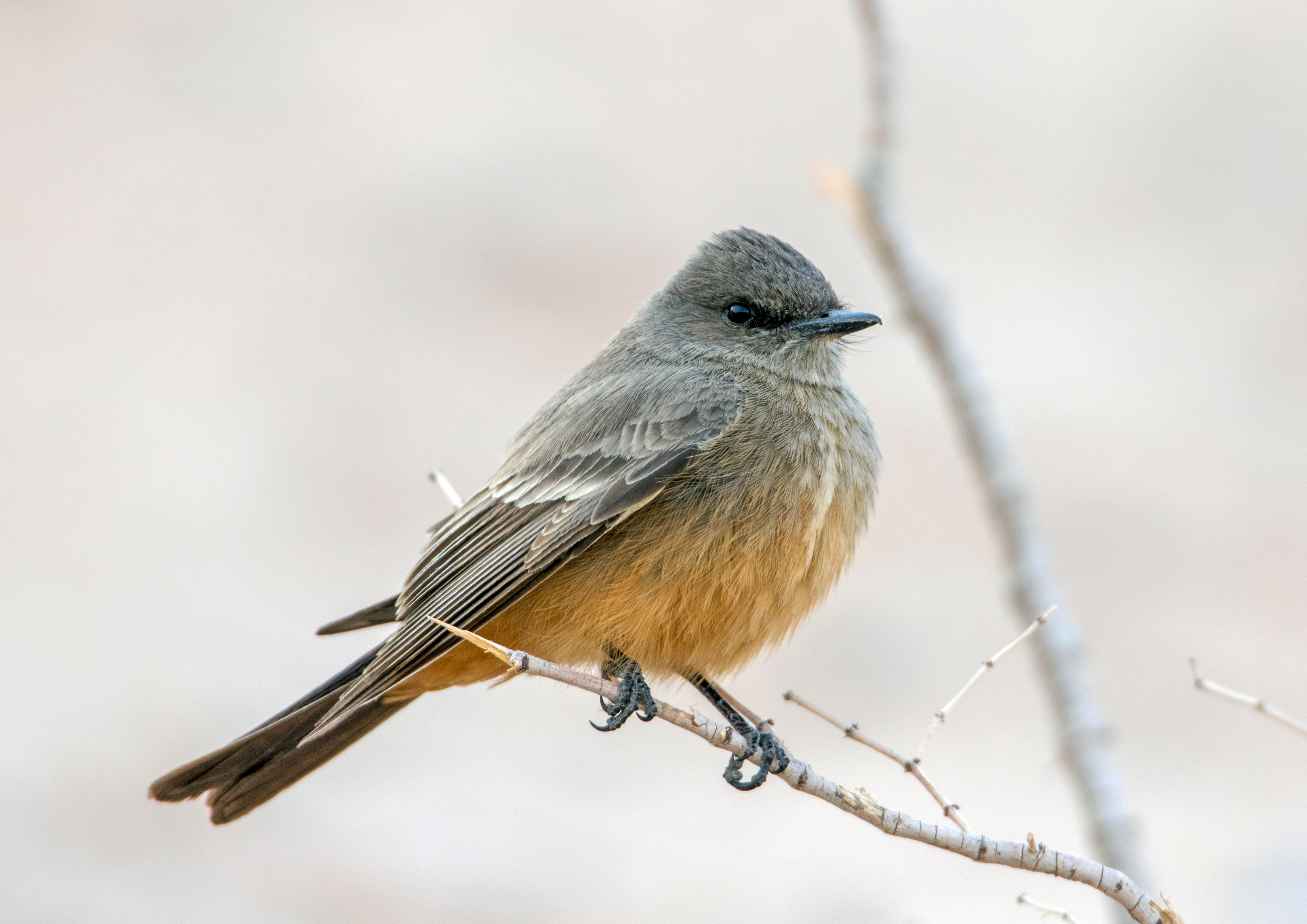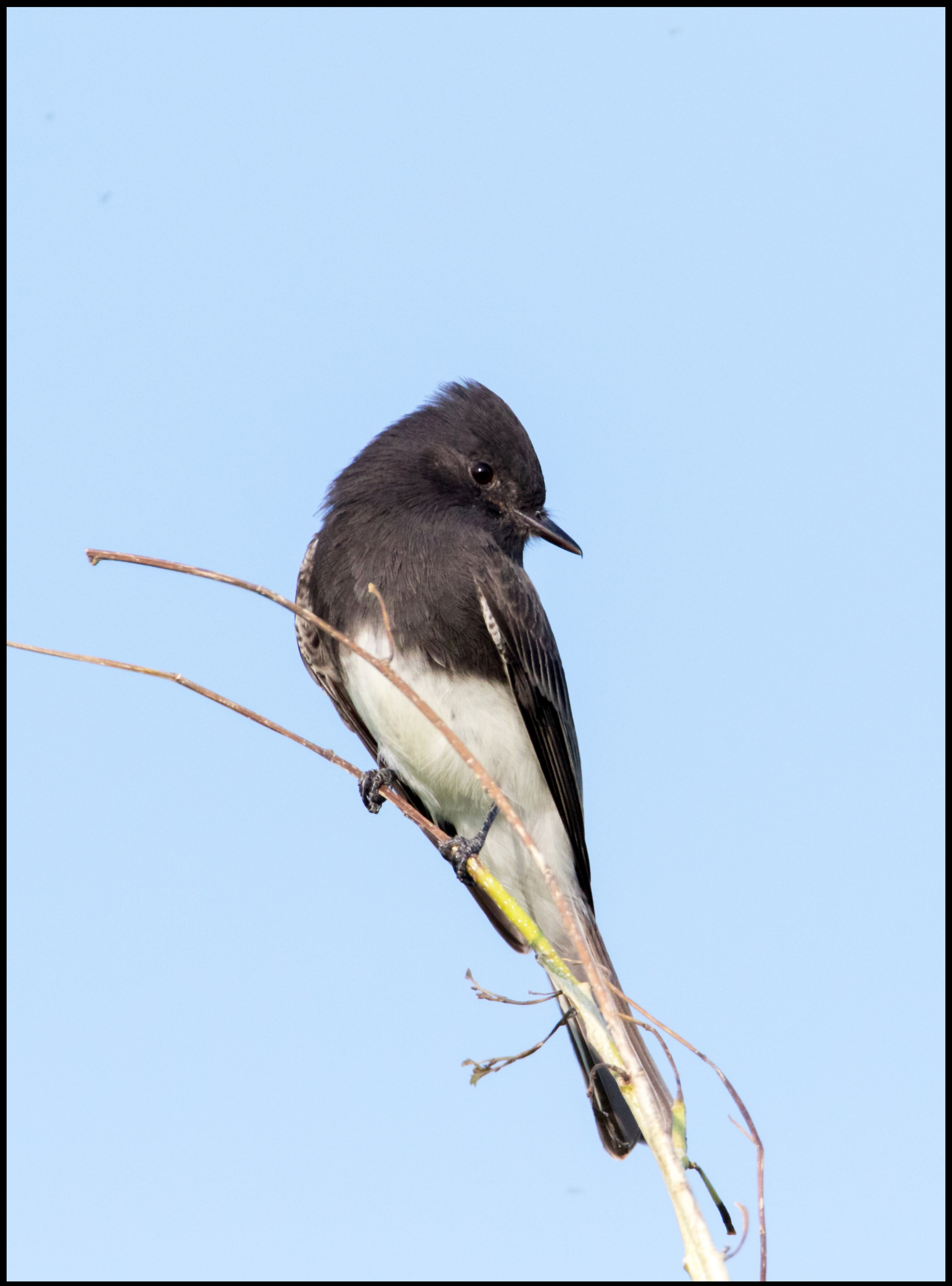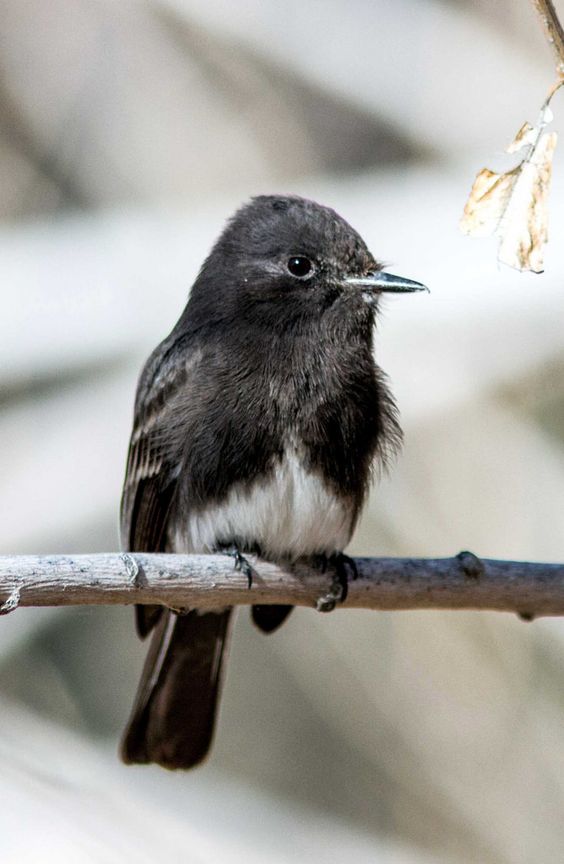Birds
533 readers
1 users here now
This a community about all birds for those interested. Photos, articles, discussion, etc are all welcome.
If you are existing mods from r/bird, you can be mod here too, kindly DM me and I will add you back.
Guidelines:
- Posts should be principally about birds
- No Solicitation for Business or Clients
- Avoid Low Effort Posts. Posts should have a decent amount of information for subscribers
- No NSFW
- Be nice to each other
The Animal Alliance:
- Racoons
- Other animals /c/ are welcome
Also refer to https://mastodon.world/about for rules in this lemmy instance
founded 2 years ago
MODERATORS
51
52
53
54
55
56
57
58
59
60
61
62
63
64
65
66
67
68
69
70
71
72
73
74
75



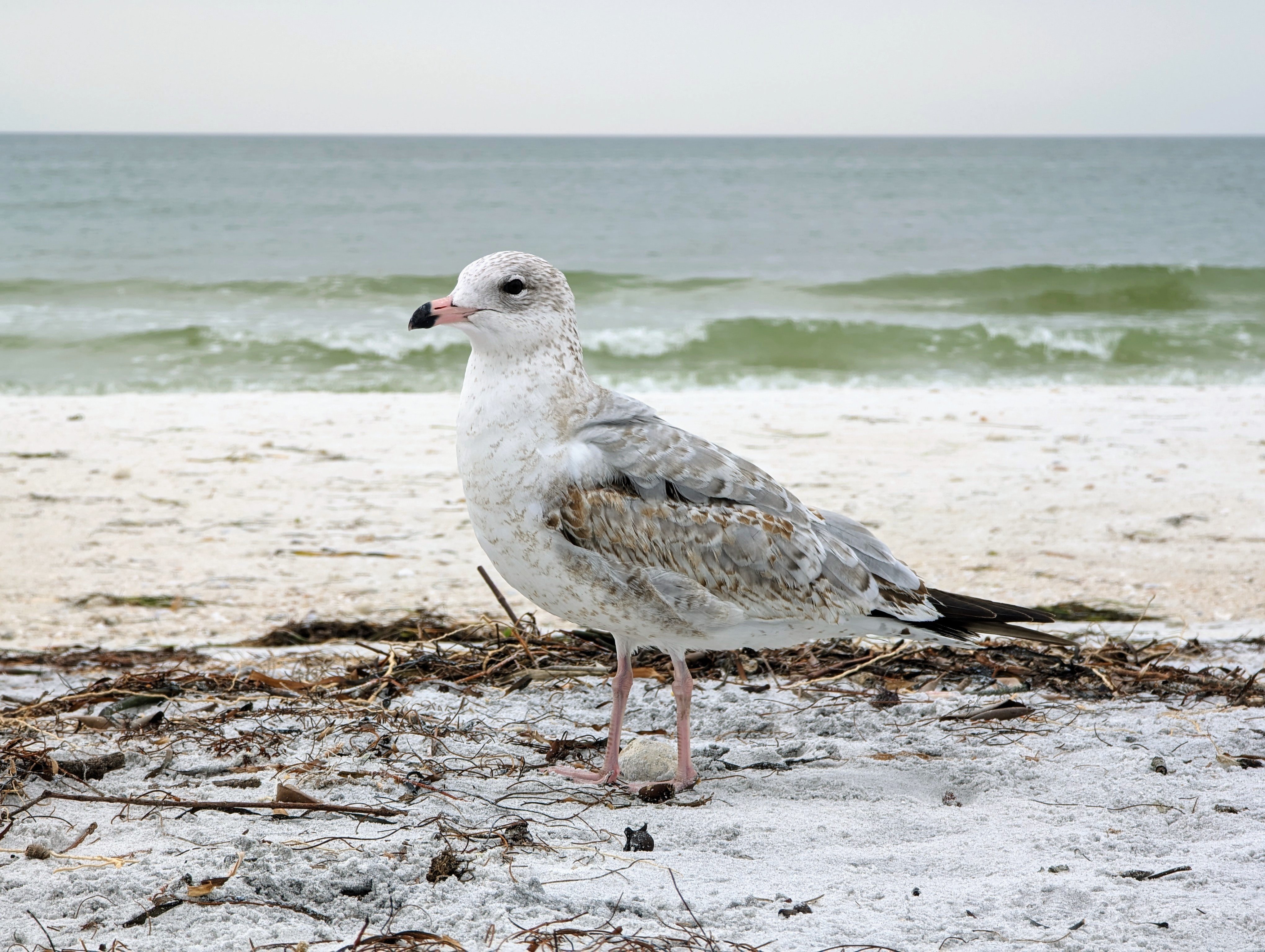
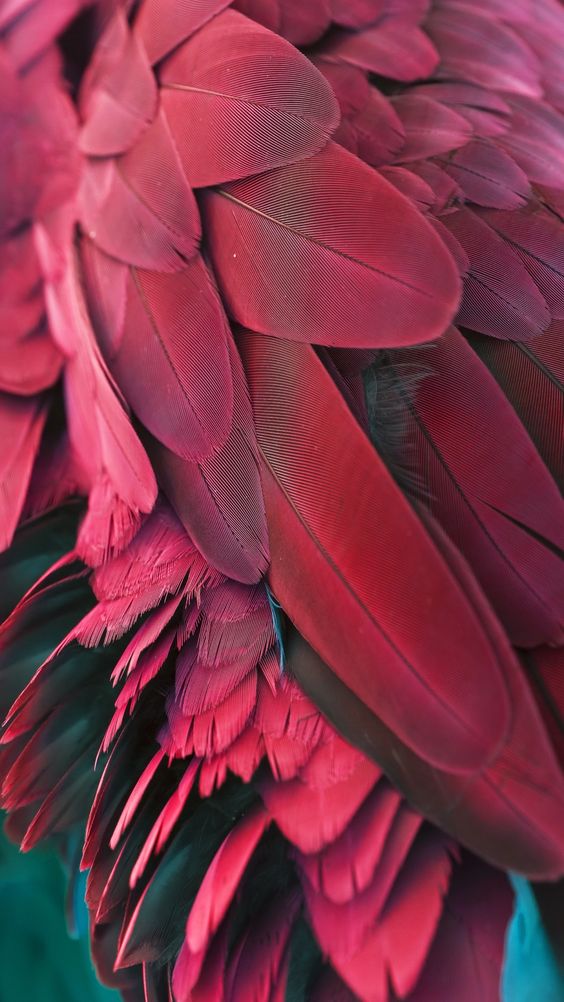
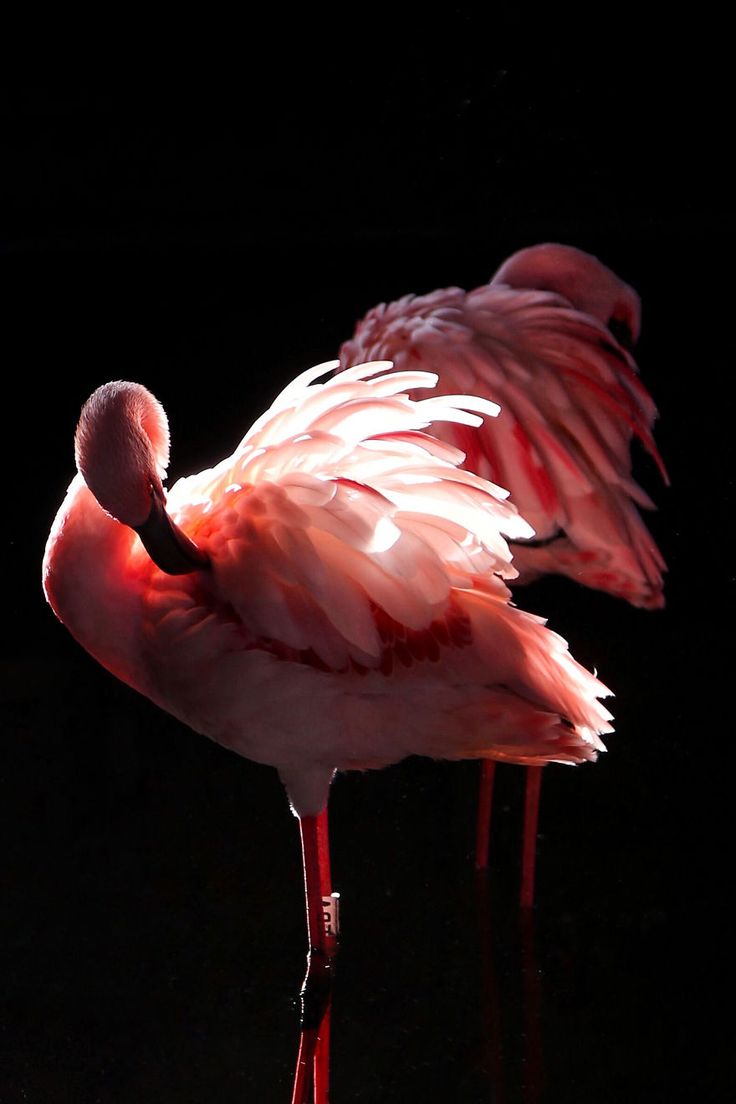


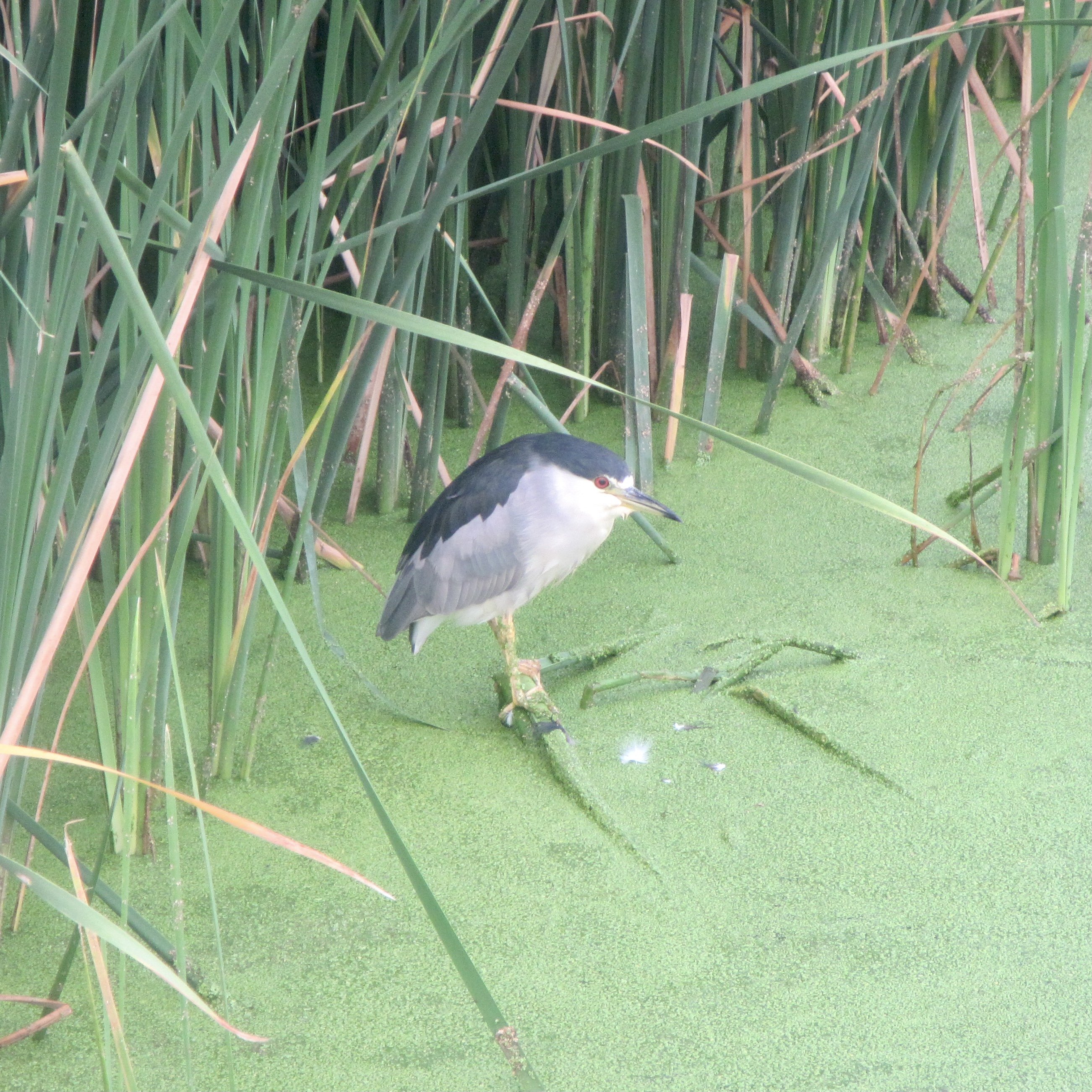


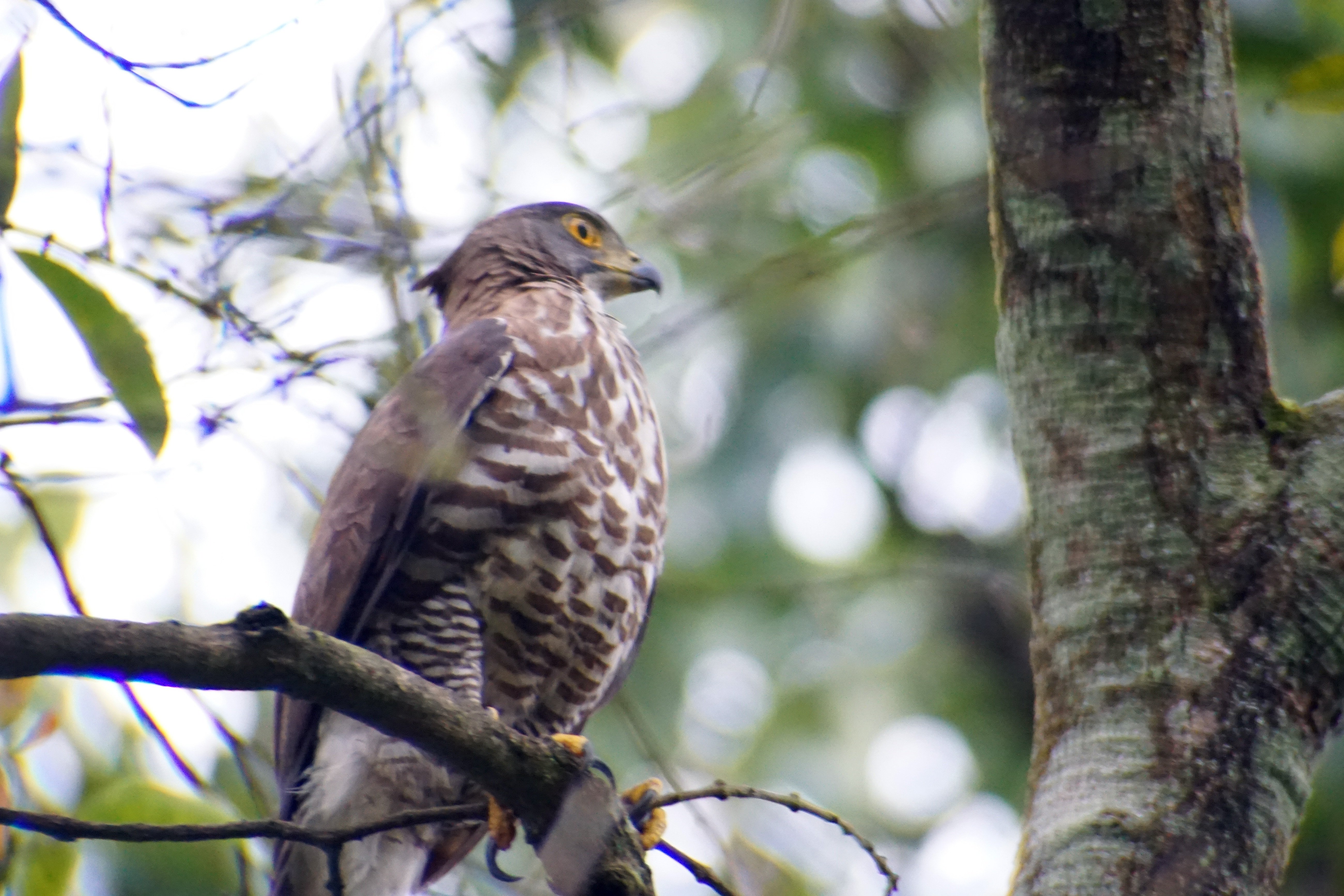

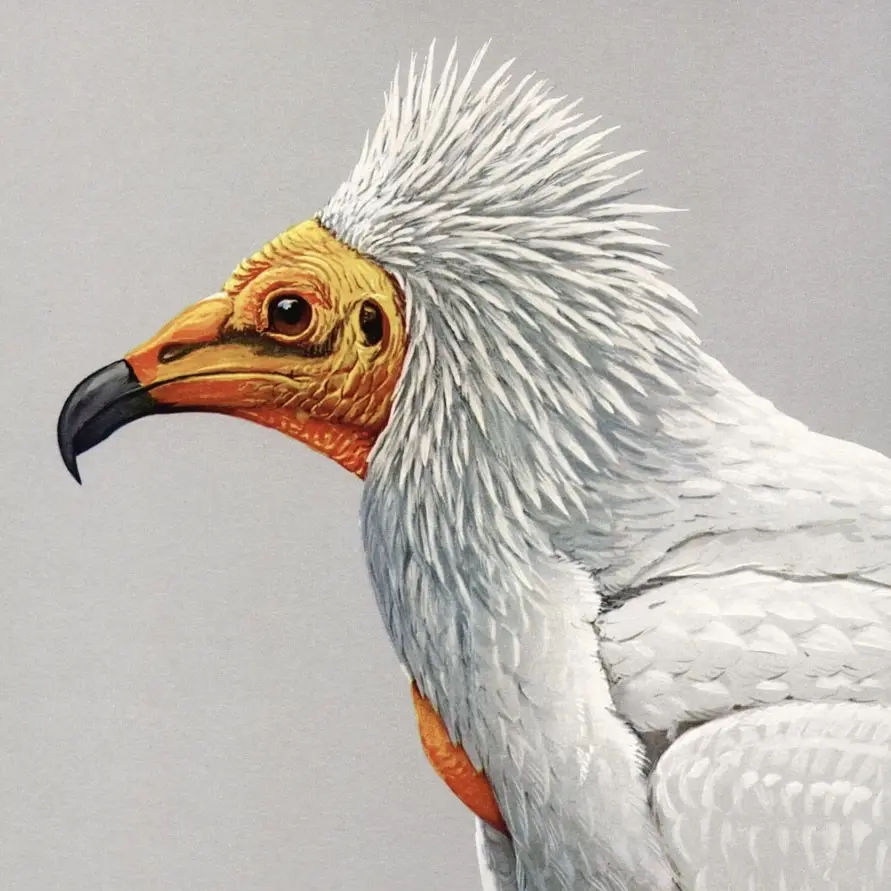
 Bonus close up
Bonus close up